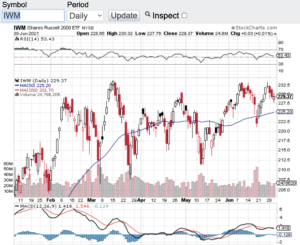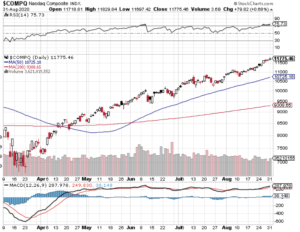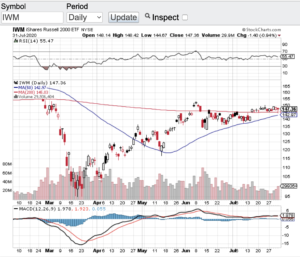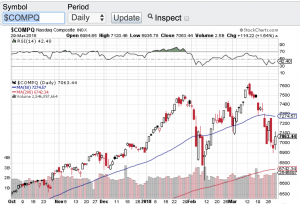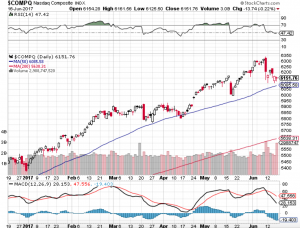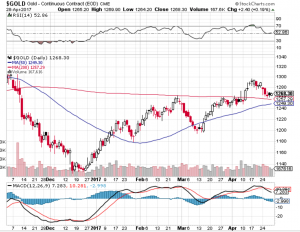Cheers to the markets and what a year for stocks! 2023 turned out to be a spectacular year for the stock market as not many expected the markets to rip-roar as it did last year. The Dow Jones Industrial Average (see chart here) finished the year up almost 14 percent. The S&P 500 (see chart here) closed the year up 24%. The Nasdaq Composite (see chart here) closed the year up a whopping 44 percent. A big part of the Nasdaq’s eye-popping performance was how the “Magnificent 7” performed. For those of you who do not know who the Magnificent 7 are, it is the big tech group made up of Apple (NasdaqGS: AAPL), Microsoft (NasdaqGS: MSFT), Google owner Alphabet (NasdaqGS: GOOGL), Amazon (NasdaqGS: AMZN), Nvidia (NasdaqGS: NVDA) and Meta Platforms (NasdaqGS: META) and Tesla (NasdaqGS: TSLA). Finally, the small-cap Russell 2000 (see chart here) closed the year up 15%.
Many stock market experts did not expect such a stellar year for stocks. Let’s dig in and see what happened. For starters, inflation itself retreated faster than anyone expected which now has the Federal Reserve speaking to cutting rates in 2024. This metric alone is very bullish for stocks. Then factor in how strong the economy has been it’s no wonder we are at or near all-time highs. What’s equally impressive is how the markets have shrugged off the geopolitical backdrop. From two wars that seemingly have no end is sight, to the U.S. political divide, to China’s stagnant economy, nothing seems to be bothering the markets, at least not yet.
As we now look forward to 2024, I think we are in for a doozy of a year, at least from a volatility standpoint. We are also in an election year, and this alone should create higher volatility. I would also expect that after such a strong performance in 2023 that a pause and/or even a correction of some sort could potentially be in the cards for the markets in general.
Wishing everyone the healthiest, happiest, and most prosperous new year 🙂
~George
